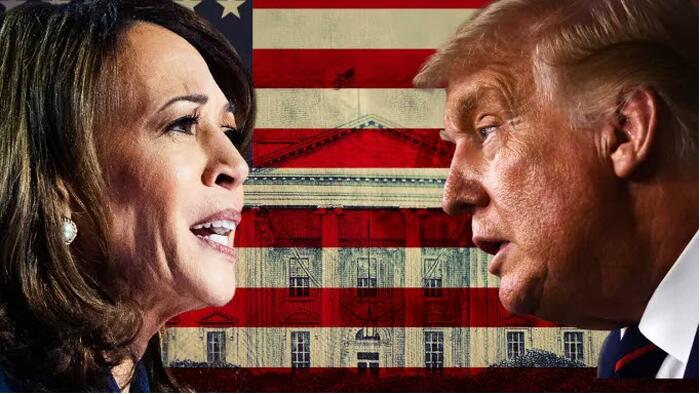As the United States approaches its presidential election on November 5, 2024, the race between Republican candidate Donald Trump and Democratic candidate Kamala Harris is becoming increasingly competitive. Nationally, polls indicate a slight edge for Harris, but recent betting markets reflect significant fluctuations. Swing states—crucial for securing the necessary Electoral College votes—show Trump with a narrow lead. Notably, FiveThirtyEight’s election model assigns a probability of 53% for Trump to win compared to 46% for Harris. The Republican Party is expected to maintain a strong position in the Senate, while the House remains a virtual toss-up, with Republicans holding a marginal advantage. Key states to watch include Arizona, Georgia, Michigan, Nevada, North Carolina, Pennsylvania, and Wisconsin, with Pennsylvania identified as particularly pivotal—historically a bellwether for presidential elections.
The Senate landscape is impacted by the fact that currently, Democrats control 51 seats (including three independents) to the Republicans’ 49. With 34 seats available in the 2024 elections, the Republicans can regain control by winning two additional seats or by securing a net gain alongside a Trump win. Current polling suggests Republicans are well-positioned to take back the Senate, with several races classified as “safe” for Republicans or Democrats, while others remain competitive. The overall sentiment indicates a favorable outcome for GOP candidates, particularly in battleground states, suggesting that a significant shift could transpire in the Senate’s balance of power after the election.
In the House of Representatives, all 435 seats are contested, with a threshold of 218 to achieve a majority. Republicans currently hold a tenuous majority of 220 seats to the Democrats’ 212. The Cook Political Report highlights that many seats are classified as solidly leaning toward either party, yet 22 seats are categorized as toss-ups, indicating that control could easily flip depending on voter turnout and sentiment. As with the Senate, various swing district dynamics are crucial to the overall election outcome, where local issues and candidate appeal could dramatically influence results in these critical areas.
Upon concluding the election, results may take several days or even weeks to finalize due to substantial mail-in voting and varying state ballot-processing protocols. Notably, swing state Pennsylvania’s mail-in ballot policy creates potential delays, echoing the drawn-out counting process seen in previous elections. Historical data reveals significant variability in state call times, highlighting the importance of patience among voters and market participants and reiterating the likelihood that crucial results may not be available until days after November 5. Close races in swing states mean that even a small number of votes could tip the election’s outcome, with tight margins observed in states with substantial electoral votes.
Within the context of financial markets, outcomes from the election could trigger drastic shifts in economic policy and market reactions. In a scenario of a Republican sweep, the market may anticipate a bullish sentiment toward the dollar, driven by expectations of loose fiscal policies and tighter monetary measures. Conversely, a Harris win may soften the dollar, with commodities likely to outperform alongside a strengthening euro. Each possible scenario offers different implications across sectors, from energy to technology, as market players adjust their strategies based on anticipated legislative changes. The interplay between electoral outcomes and financial market behavior could dampen or elevate investor sentiment depending on how the election plays out.
As election day approaches, polling data reveals that the race is exceptionally close, with minor shifts causing fluctuations in momentum. Trump has experienced gains in a number of key swing states, while Harris remains competitive in traditionally Democratic strongholds. Recent polling suggests that late-deciding voters could shape the election’s outcome, particularly if undecided voters gravitate toward Harris’s campaign. Betting markets have reacted to releases of new polls, reflecting the dynamic nature of the electoral landscape as Election Day nears. Given the stakes involved in controlling both congressional chambers and the presidency, the coming weeks will be critical for determining the trajectory of American political and economic life in the years ahead.

